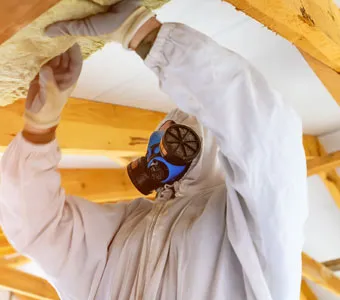U.S. cannot lead by example until it bans asbestos
U.S. cannot lead by example until it bans asbestos
Given the severe health problems associated with asbestos exposure – in particular, mesothelioma – it is not surprising that several countries throughout the world have prohibited the use of this hazardous substance. For instance, more than 40 countries currently have bans on asbestos; although shockingly the United States is not among them.
In fact, an alarming 1,060 metric tons of asbestos were imported into the U.S. last year alone, according to estimates by the U.S. Geological Survey. This translates to more than 2.3 million pounds of the cancer-causing substance being brought into the U.S. for use in manufacturing.
Sadly, a recent study conducted by a team of Korean researchers has discovered that the lack of a comprehensive asbestos ban in the U.S. may be inadvertently hindering efforts in other countries to enact their own bans.
The study, which involved researchers from the School of Public Health in Seoul, examined the 143 countries that used asbestos from 2003 to 2007 – 44 of which have since enacted bans of the dangerous material. Specifically, researchers found that one country’s particular asbestos policy can be a significant influencing factor in how other surrounding countries establish their own asbestos policies. For example, asbestos bans in Europe developed initially in the Scandinavian countries and progressed west.
Consequently, it can be theorized that the failure on the part of the U.S. to pass a complete asbestos ban may be unintentionally influencing other countries in the western hemisphere. At the very least, the lack of an asbestos ban is not motivating other countries to do what the U.S. will not.
Interestingly, the Korean study also discovered a direct link between a country’s plan for tracking mesothelioma and whether the country actually bans asbestos.
Asbestos and mesothelioma
In years past, asbestos was commonly used in several areas of manufacturing because of its resistance to heat and its ability to insulate well. Unfortunately, it can still be easily found in homes throughout the world, including countries that currently have asbestos bans – meaning countless people are still at risk of breathing in the hazardous fibers.
Even more concerning is that the effects of asbestos exposure may not present themselves for decades after inhalation; and, when the symptoms of mesothelioma do surface, the results are often deadly. For instance, it is estimated by the World Health Organization that 90,000 people die each year due to asbestos-related diseases.
Accordingly, if you or a loved one is currently suffering from mesothelioma due to asbestos exposure, it is important to contact an experienced asbestos litigation attorney who can help ensure your rights are protected.







